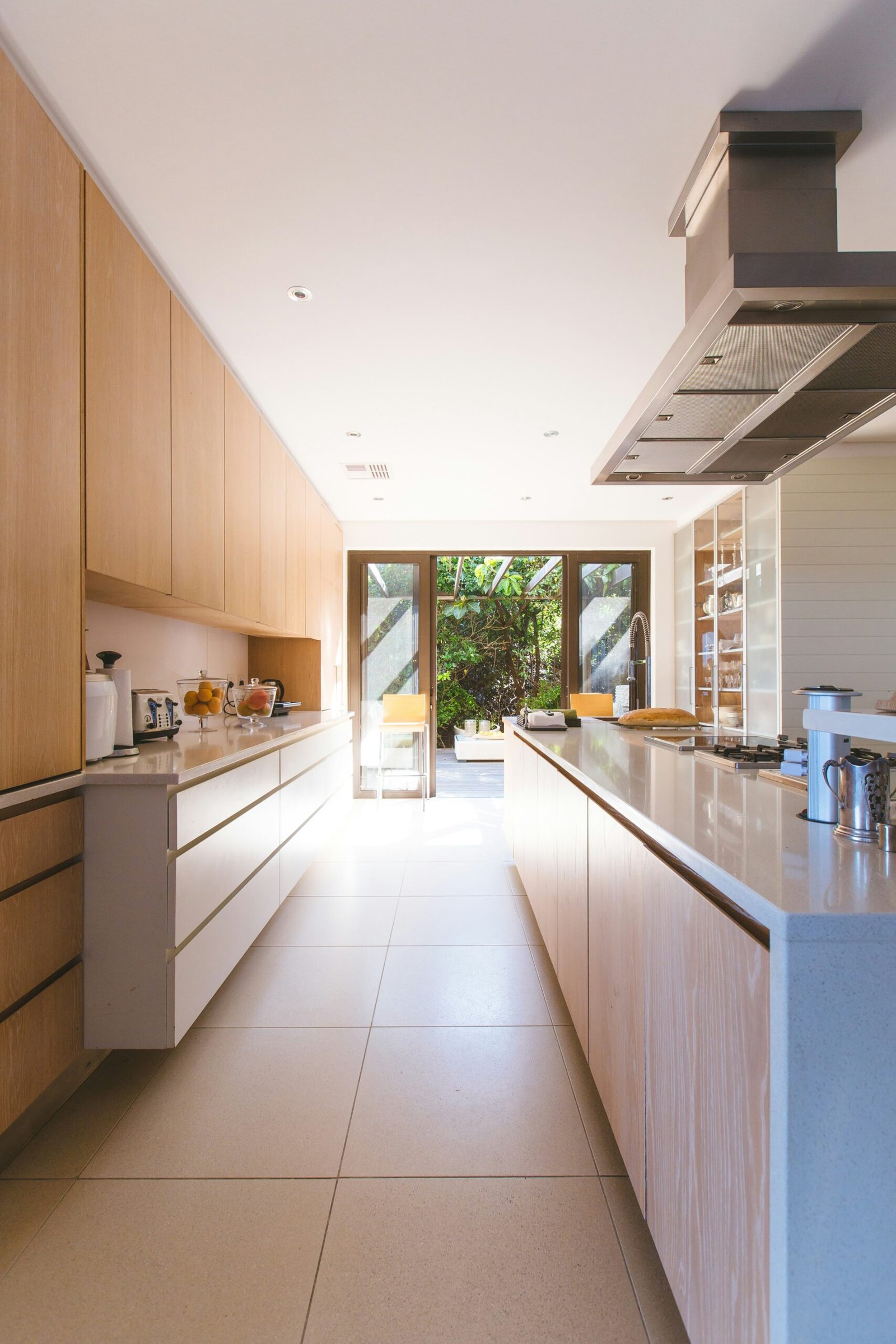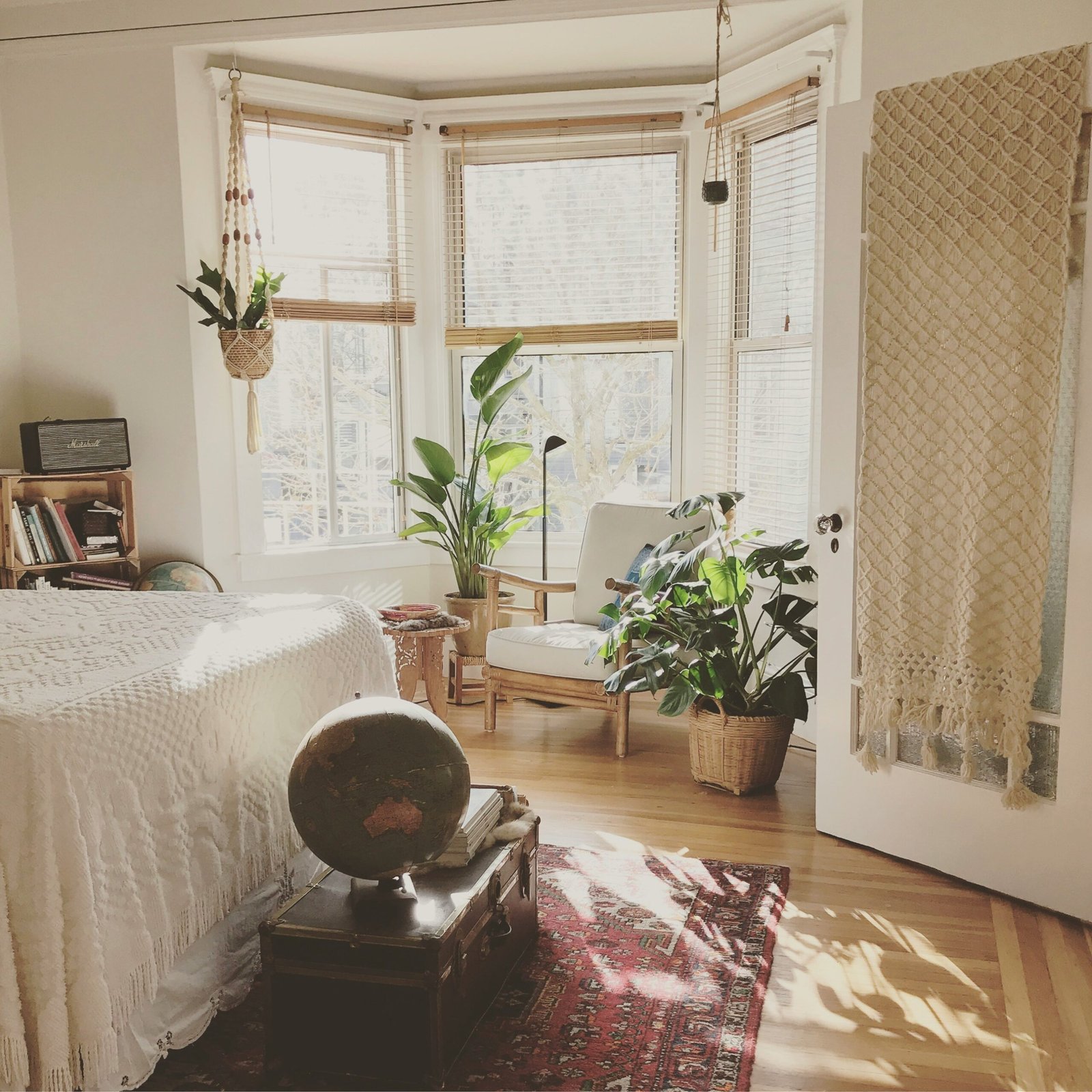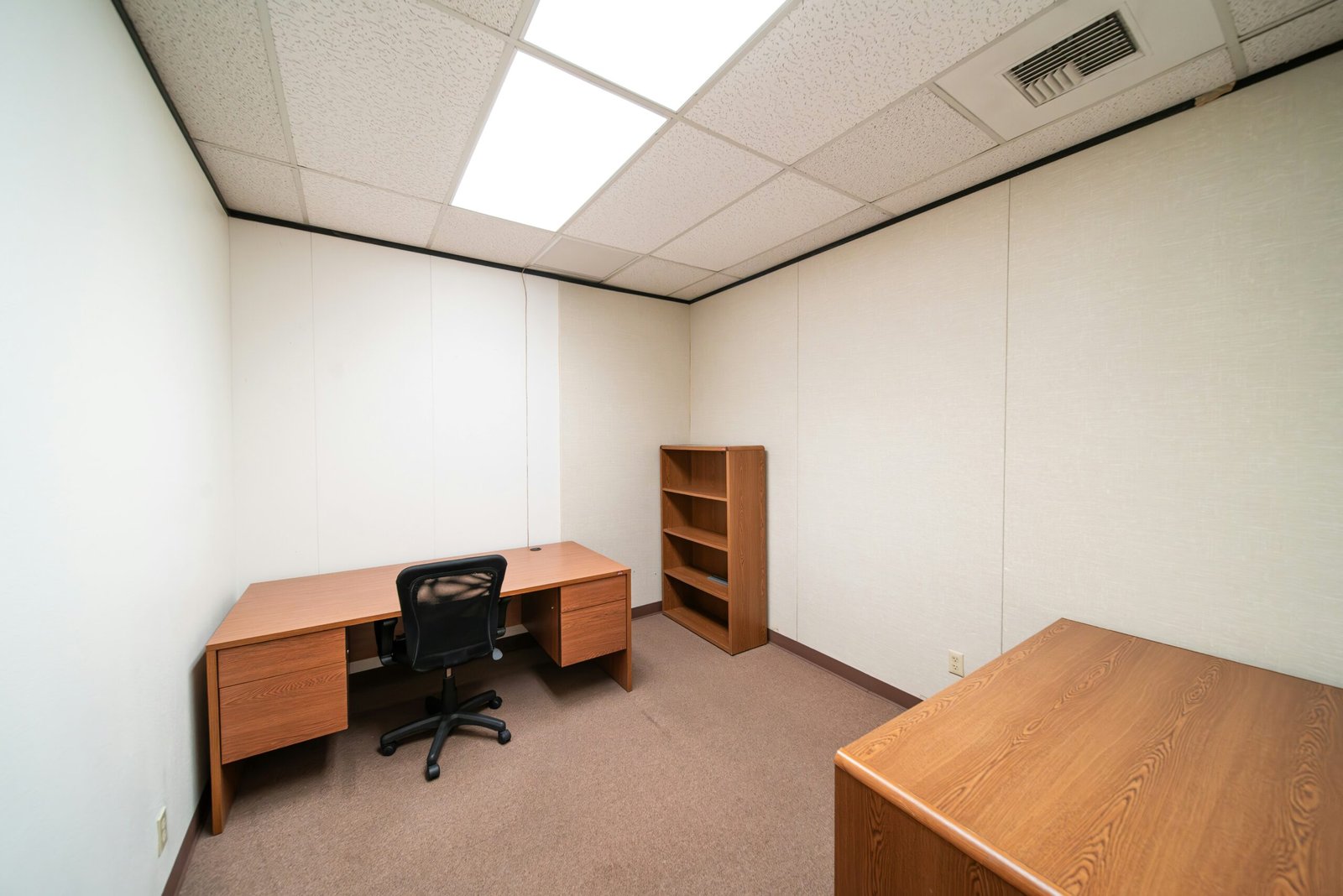Introduction to Vastu Shastra
Vastu Shastra is a traditional Indian architectural science that aims to create harmonious living spaces through the thoughtful arrangement of structures, materials, and energy flow. Originating from ancient Hindu texts, this discipline combines art and science, rooted in the belief that the physical environment can profoundly influence an individual’s well-being, prosperity, and overall health. The term ‘Vastu’ translates to ‘dwelling,’ while ‘Shastra’ means ‘science’ or ‘knowledge.’ Together, they encapsulate a holistic approach to designing spaces that align with natural forces.
The principles of Vastu Shastra are based on the concept of five elements—earth, water, fire, air, and space—known as ‘Pancha Mahabhuta.’ These elements interact with the energy fields surrounding them, which is referred to as ‘prana.’ According to Vastu, the distribution and orientation of these elements within any given space can either enhance or disrupt the flow of prana, affecting the inhabitants’ emotional and physical states. This makes it essential to consider Vastu principles during the design and construction phases of residential and commercial buildings.
Significantly, Vastu Shastra not only pertains to architectural design but also extends to the arrangement of furniture, colors, and materials, ensuring that a space promotes well-being and prosperity. Each direction within a space is believed to hold distinct energies—north is associated with wealth, east with health, south with relationships, and west with knowledge. Awareness of these directional energies allows individuals to make informed adjustments to their living environments, potentially enhancing various aspects of their lives.
As we delve deeper into the common myths surrounding Vastu Shastra, it will become evident that understanding this ancient science can lead to improved living conditions, dispelling any misconceptions along the way.
The Growing Popularity of Vastu
Vastu Shastra, the ancient Indian science of architecture and design, has gained significant traction among modern homeowners and architects in recent years. This growing interest can be attributed to several factors that resonate with contemporary values and lifestyles. Vastu principles emphasize harmony and balance within living spaces, which aligns closely with the increasing desire for wellness and peace in today’s fast-paced environment.
One primary reason for the surge in popularity is the rising awareness of holistic living. With many people seeking ways to improve their mental and physical well-being, the principles of Vastu offer a framework for creating spaces that foster positivity and tranquility. Incorporating elements of natural light, air circulation, and spatial organization as prescribed by Vastu can significantly enhance the ambiance of a home, making it a sanctuary for its inhabitants.
Moreover, architects and designers have begun to integrate Vastu Shastra into their work, recognizing its potential to add value to properties. Homes designed with Vastu principles in mind are believed to not only promote positive energy but also increase market appeal. Buyers are increasingly drawn to properties that exhibit a thoughtful consideration of Vastu, often seeing them as more desirable investments. This trend has prompted many builders to seek certifications or endorsements from Vastu experts, illustrating a fusion of tradition with modern architectural practices.
The digital age has also fueled interest in Vastu. Social media platforms and online resources have made information about Vastu Shastra more accessible, enabling a broader audience to explore its concepts. As homeowners share their experiences and success stories related to Vastu-compliant designs, the curiosity surrounding this ancient science continues to grow. Consequently, the once niche field has evolved into a significant aspect of modern architecture and interior design, showcasing its relevance and adaptability in an ever-changing world.
Myth 1: Vastu is Only for New Constructions
A prevalent misconception surrounding Vastu Shastra is that it is only applicable to new constructions. This belief can discourage individuals who inhabit older homes or commercial buildings from exploring the potential benefits of Vastu principles. However, this is misleading, as Vastu can be effectively implemented in both new and existing structures. The core tenet of Vastu promotes harmony and energy flow, which can be achieved with thoughtful adjustments, regardless of the age of a property.
Existing buildings often exhibit architectural features and layouts that may not align with Vastu principles. This misalignment can result in an imbalance of energy within the space, negatively impacting the well-being of its occupants. Nonetheless, various Vastu corrections can be applied to existing homes. Simple modifications, such as repositioning furniture, altering color schemes, or even integrating specific decorative elements can enhance the positive energy flow in a room. For instance, ensuring that the kitchen is located in the appropriate direction, or rearranging specific items to enhance their influence on energy can significantly benefit the living experience.
Additionally, minor renovations can be conducted to align an existing structure with Vastu principles. This may include reconfiguring floor plans, installing mirrors in strategic locations, or modifying ventilation systems—all of which can positively influence the overall energy of the space. The adaptability of Vastu allows homeowners and business proprietors alike to optimize their existing environments, fostering improved health, prosperity, and harmony.
Ultimately, while new constructions provide an ideal scenario for implementing Vastu from the ground up, existing buildings are by no means excluded from its beneficial effects. Engaging with Vastu practitioners can yield valuable insights on how to navigate the complexities of older structures while unlocking the full potential of a harmonious living or working environment.
Myth 2: You Must Follow Vastu Rigidly to Succeed
One of the prevalent misconceptions surrounding Vastu Shastra is the belief that rigid adherence to its principles is an absolute necessity for achieving success and well-being. While Vastu provides a framework that can indeed contribute to positive energy flow and harmony within a space, it is essential to understand that it is not a one-size-fits-all approach. Individual needs, circumstances, and cultural contexts play a significant role in determining how one should incorporate Vastu guidelines into their lives and surroundings.
Flexibility in applying Vastu principles is crucial, as these guidelines are meant to serve as a tool for enhancing one’s living environment rather than a strict set of rules to be followed dogmatically. The goal of Vastu is to create balance and foster an atmosphere conducive to growth, success, and harmony. However, achieving this balance does not necessarily require a rigid application of every single principle outlined in Vastu Shastra.
For instance, a homeowner might find that a specific Vastu recommendation clashes with their lifestyle or preferences. In such cases, prioritizing personal comfort and practicality over strict compliance with Vastu could be more beneficial. Moreover, contemporary architectural practices and urban living often necessitate adaptations of traditional principles to better suit modern needs. Hence, interpreting Vastu guidelines in a manner that aligns with one’s individual context can lead to a more personalized and effective approach to fostering well-being.
Additionally, many successful individuals and businesses have thrived despite not rigorously following every single Vastu tenet. This success often stems from a combination of hard work, strategic planning, and adaptability. Therefore, instead of viewing Vastu as an inflexible mandate, it is more prudent to consider it as a harmonious guide that, when interpreted thoughtfully, can enhance the living or working space without stifling personal agency or creativity.
Myth 3: All Directions Have the Same Impact
The belief that all directions hold equal significance in Vastu Shastra is a common misconception that warrants clarification. Vastu Shastra, a traditional Indian architectural system, emphasizes the importance of directional alignment in relation to various energies present in the environment. This ancient science delineates specific effects attributed to each direction—North, South, East, and West—along with their respective sub-directions. These distinctions significantly influence the vibrational energies that can affect a person’s well-being, prosperity, and peace of mind.
In Vastu, the North is often associated with wealth and prosperity due to its connection with the deity Kuber, the god of riches. Consequently, housing elements such as the main entrance or any significant spaces related to finance are recommended to be placed in this direction. On the other hand, the South direction is linked to negative energies and can bring challenges if not appropriately managed. It is advisable to avoid heavy structures in the southern part of a property to maintain a harmonious living space.
East and West directions also possess unique qualities. The East is considered auspicious for health and success, representing the rising sun, while the West is related to endings and contemplation, making it ideal for spaces such as study areas or meditation rooms. Therefore, understanding the individual characteristics of each orientation can help maximize positive energy while minimizing adverse influences.
Ultimately, while some may argue that such directional nuances are exaggerated, Vastu principles have been guiding architectural and spatial design for centuries. Therefore, recognizing that not all directions are created equal is crucial for creating an environment that fosters well-being and prosperity. By engaging with these aspects of Vastu thoughtfully, individuals can make informed choices that support a more balanced and harmonious way of living.
Myth 4: Vastu is Superstition
The notion that Vastu Shastra is merely superstition springs from a misunderstanding of its principles and significance in architecture. Vastu is an ancient Indian science that emphasizes the harmonious relationship between natural elements and human habitats, aiming to create spaces that promote well-being and prosperity. While some critics dismiss Vastu as irrational, it is important to explore its foundational principles, many of which align closely with modern architectural practices.
One of the core aspects of Vastu is the significance of natural light and ventilation, which are critical for healthy living spaces. Scientific studies have shown that buildings designed to maximize daylight exposure contribute to enhanced mood and productivity among occupants. Moreover, proper airflow is vital for maintaining indoor air quality, which can impact both physical health and mental well-being. Vastu principles advocate for the correct placement of windows and doors to facilitate optimal air circulation, thus echoing contemporary notions of sustainable and healthy architecture.
Furthermore, Vastu’s emphasis on spatial orientation relates closely to prevailing architectural theories, particularly in the context of energy efficiency. The idea that certain directions could attract positive energy is substantiated by concepts in passive solar design, wherein the location of a building is strategically chosen to harness sunlight and manage heat. Such alignment can lead to reduced energy consumption, highlighting a tangible connection between Vastu and eco-friendly building strategies.
In light of these observations, it becomes apparent that Vastu is not simply an artifact of superstition; it embodies a holistic approach toward architectural design. By integrating Vastu principles into modern construction, architects can create spaces that nurture well-being while respecting environmental sustainability. Recognizing the value of Vastu encourages a deeper understanding of how ancient wisdom can inform contemporary practices in building design.
Myth 5: You Need to Spend a Lot of Money on Vastu Remedies
There is a widespread belief that adhering to Vastu principles necessitates significant financial investment, from expensive renovations to costly decor changes. However, this myth is far from reality. Implementing Vastu solutions can be both affordable and effective, allowing individuals to create harmonious living environments without breaking the bank.
One of the simplest Vastu remedies involves rearranging existing furniture. Small adjustments, such as positioning furniture to allow for better movement and energy flow, can make a substantial difference. For instance, placing the bed in the southwest corner of a bedroom, as per Vastu guidelines, can enhance relaxation and improve sleep quality. Such changes incur no significant costs while fostering a more balanced ambiance.
Additionally, natural elements can be introduced into one’s space without hefty expenditures. Incorporating plants, which are not only aesthetically pleasing but also promote positive energy and purify the air, serves as a practical Vastu remedy. Choosing a few low-maintenance indoor plants like pothos or snake plants can enhance the overall atmosphere significantly. Furthermore, decluttering spaces improves energy flow, an action that requires no financial investment whatsoever yet yields positive results.
Another economical approach is utilizing colors in alignment with Vastu tenets. Strategic application of paint or decor items that reflect the right color scheme according to specific rooms can invigorate the space, attract positive energy, and uplift the mood of its inhabitants. Such alterations can often be made at a minimal cost through DIY projects.
Ultimately, by focusing on affordable and accessible solutions, individuals can successfully incorporate Vastu principles into their homes or workplaces. The goal is to foster a harmonious environment, proving that significant financial input is not a prerequisite to achieving Vastu compliance.
Myth 6: Vastu Cannot be Personalized
The belief that Vastu principles are strictly one-size-fits-all is a common misconception. Vastu Shastra, the ancient Indian architectural science, offers a multitude of guidelines aimed at enhancing the well-being and harmony of living spaces. However, it is crucial to recognize that these principles can and should be adapted to fit individual needs, preferences, and lifestyles. Each person’s unique characteristics play a significant role in determining how Vastu can be applied in their homes or workplaces.
Every space has its own distinct attributes, such as layout, natural lighting, and location, which influence the effectiveness of Vastu applications. For instance, a family with young children may prioritize safety and comfort, while a professional working from home may need a space conducive to productivity. Incorporating personal preferences and lifestyle choices into Vastu can create an environment that is not only aligned with universal principles but also tailored to meet specific requirements.
Moreover, Vastu mandates can sometimes clash with modern design and functional needs. It is essential to strike a balance between traditional Vastu guidelines and contemporary living. By personalizing Vastu applications, individuals can ensure that their spaces resonate with their values and aspirations. This flexibility can manifest in various ways, such as arranging furniture to facilitate ease of movement, choosing specific colors for mental stimulation, or utilizing elements that foster a sense of tranquility.
In understanding Vastu as a dynamic practice rather than a rigid framework, individuals can unlock the potential of their spaces while cultivating a personalized atmosphere that reflects their identity. Ultimately, Vastu can coexist harmoniously with personal aesthetics and modern functionality, debunking the myth that it is a monolithic guide without room for personalization.
Conclusion: Finding Balance in Vastu Practices
In exploring the rich tapestry of Vastu Shastra, it is important to recognize that although this ancient Indian architectural philosophy provides valuable insights into harmony and spatial arrangement, it is not devoid of myths and misunderstandings. Many individuals and homeowners might approach Vastu with preconceived notions that may not be entirely accurate. As we’ve discussed in this blog post, several common myths surrounding Vastu practices have been debunked, illustrating the necessity of separating fact from fiction.
One key takeaway is that Vastu should not be viewed as an inflexible set of rules but rather as a guideline for creating positive environments. The belief that adhering rigidly to Vastu principles is the only way to achieve success or well-being can lead to unnecessary stress. Instead, integrating Vastu principles with one’s unique circumstances and beliefs can foster a more balanced approach. This flexibility allows personal intuition and practicality to coexist alongside traditional wisdom, thus enhancing both the living space and the individual’s experience within it.
Moreover, as readers reflect on the validity of various Vastu practices, it is vital to approach the subject with an open mind and a critical perspective. Engaging with Vastu Shastra involves understanding its historical significance while also recognizing that personal beliefs and contemporary lifestyles play crucial roles in how these principles can be applied today. A harmonious blend of these aspects can lead to enriched living environments that resonate with one’s personal values and aspirations.
Ultimately, while Vastu Shastra holds a treasure trove of recommendations for enhancing life through spatial design, the emphasis should not solely rest upon its principles. Rather, cultivating a holistic approach that marries tradition with individual needs will pave the way for a more fulfilling existence.





